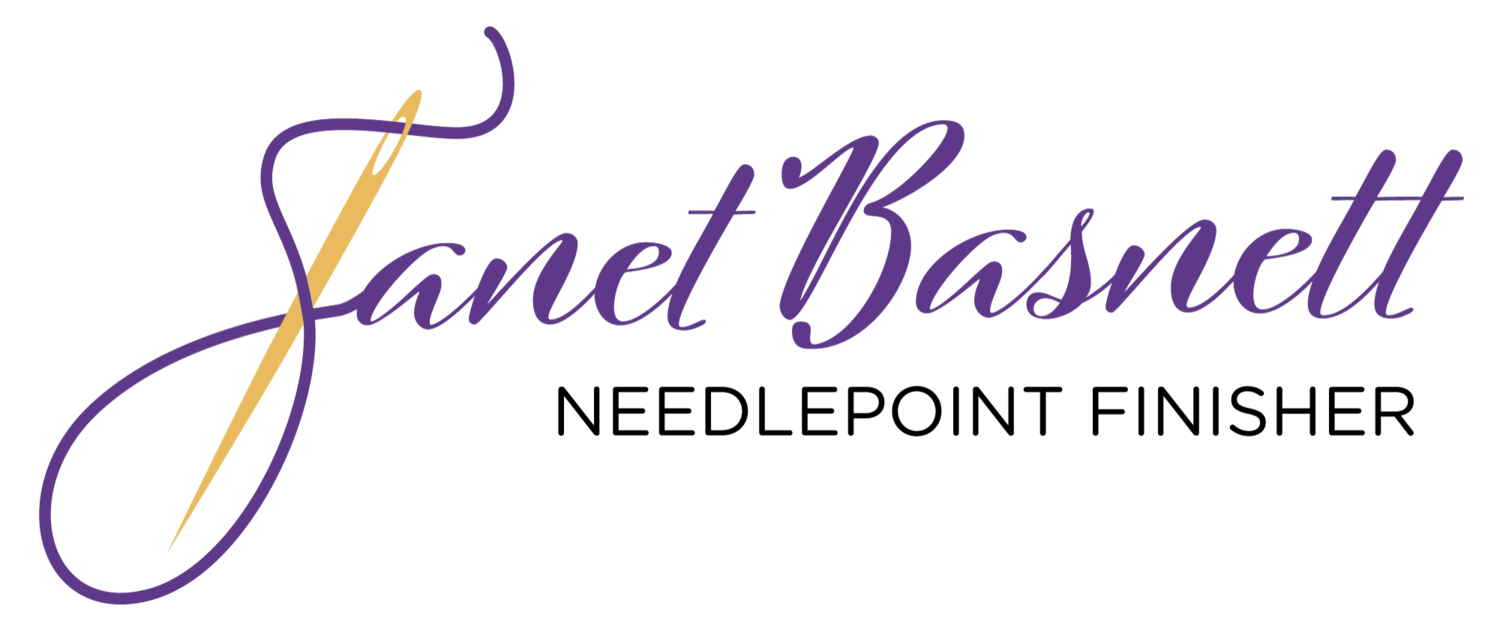Glossary
The terms here are all demonstrated in the gallery to help with your finishing choices:
Knife-edge pillow
A single seamed pillow with top and bottom faces. Can have welt, cording or other trim in the seam. No boxing or gusset
Boxed pillow
A pillow with a top face, bottom face, and a boxing or gusset (usually 1 ½” – 2 ½ ” wide ) in between the 2 faces. Will have welt, cording or other trim along the top and bottom faces.
Boxing
The narrow (usually 1 ½” – 2 ½”) fabric gusset between the top and bottom faces of a boxed pillow.
Welt, Welting, Welt-cord
An unfinished rope material that is covered with narrow strips of fabric and sewn in the seam(s) of a pillow. The most common finishing detail for pillows.
Self-welt
A fabric covered rope in the seam(s) of a pillow made out of the same fabric as the rest of the pillow.
Contrast welt
A fabric covered rope in the seam(s) of a pillow made out of a different fabric from the rest of the pillow.
Cording
A purchased ready-made decorative trim that comes with an attached flange or lip that allows it to be sewn in the seam(s) of a pillow.
Trim
A general term for a decorative detail added to a pillow. Decorative cording, brush fringe, tassel trim, gimp are examples of different trims. Most trim is sewn in the seam of a pillow, but some tassel trims with a decorative tape and gimp trim are made to be topstitched.
Inset
A 4-piece fabric frame that is sewn around the needlepoint, usually with mitered corners. This helps show off the canvas especially along the bottom edge.
Topstitched
A smaller needlepoint can be topstitched (especially odd-shaped canvases without 90 degree corners) on to the face of a pillow (as opposed to inset) Decorative gimp tape is sewn on top to cover the raw edge of the canvas.
Gimp
A flat decorative purchased braid that is sewn to cover raw edges of a needlepoint that is topstitched on a pillow.
